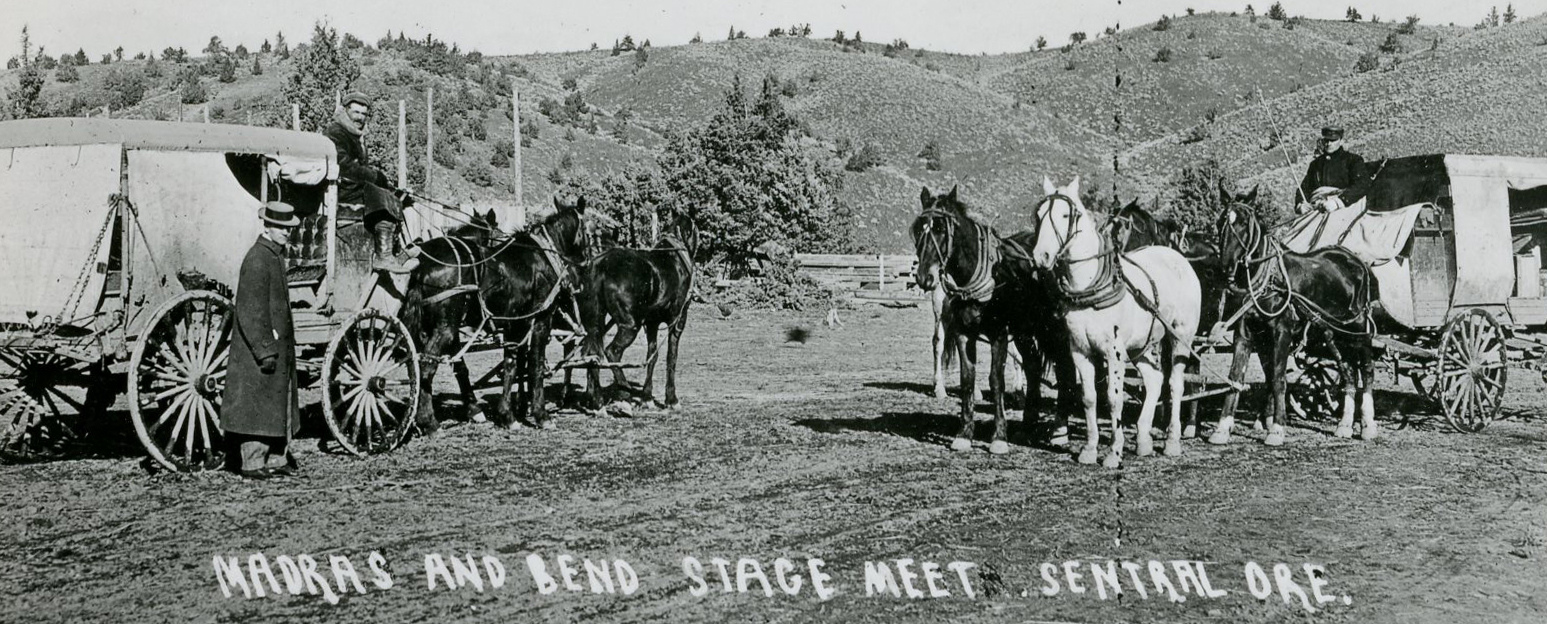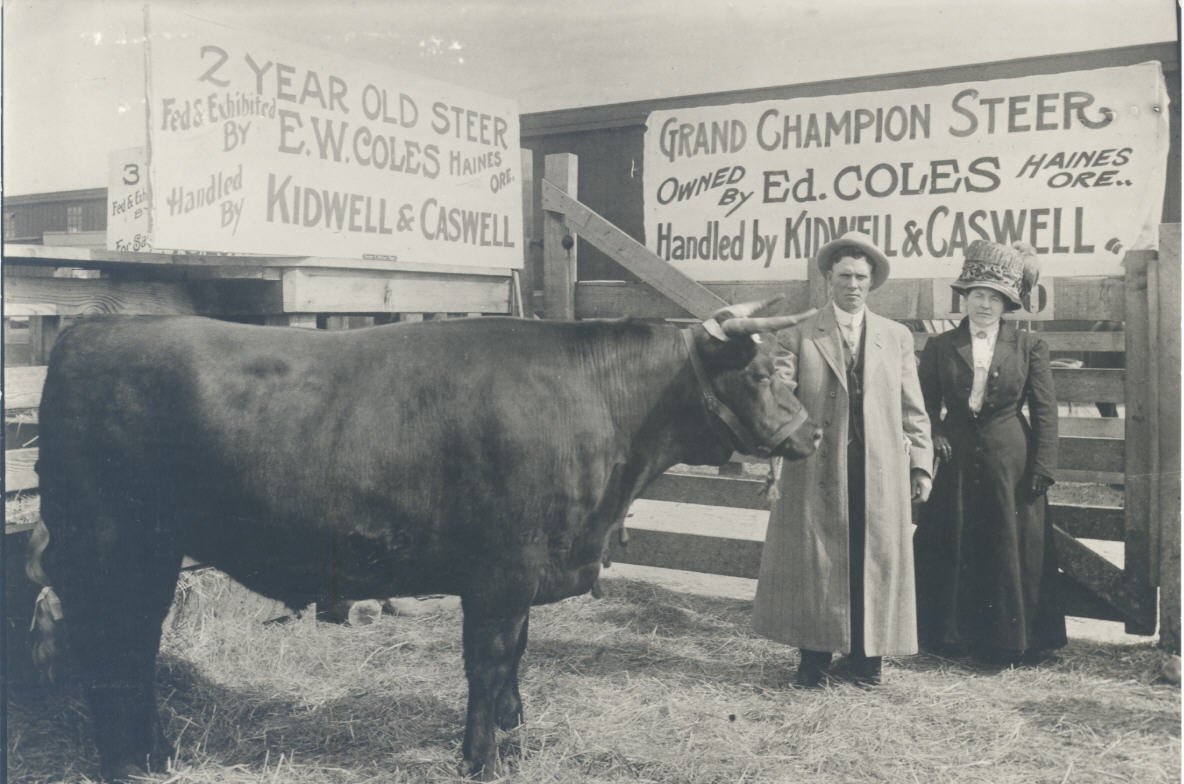Central Oregon is known primarily as an outdoor recreation center but beneath its regional playground surface it possesses a vital history. Its past, while sharing characteristics with the rest of the state and nation, is also unique. Central Oregon's is a history of adaptation and compromise in an area that offered great promise and few resources. Author Paul G. Claeyssens is the Heritage and Tribal Relations Program Manager for the Deschutes and Ochoco national forests. Author Ward Tonsfeldt has a resource management consulting business in Bend.
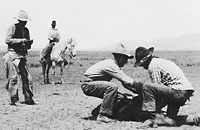
Branding on Deschutes River SP&S Collection OrHi 105040
With a sunny climate, a resort atmosphere, and skiing, golfing, hiking, and camping, central Oregon is a center of outdoor recreation. A population boom, beginning in the 1980s, made Bend the fasted-growing city in the …
John Newton Williamson, Crook County stockman, attorney, and U.S. congressman, provided the following sentiments for An Illustrated History of Central Oregon in 1898: “Crook County has withstood the recent hard times as well as any …
Industry provided the elements that brought new settlements to central Oregon: economic growth, communication with the outside world, increased population, and increased community resources. As we have seen, the isolation and difficult climate of central …
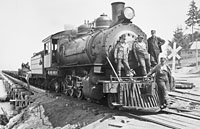
Manary Logging Company Train OrHi 51212
Stewart Holbrook noted that the “pure logger strain” of industrial worker was threatened in 1938. By the 1950s, that threat became clear to the industry and the public. The war years were hard on the …
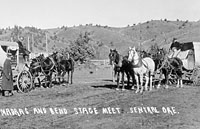
Madras and Bend Stages Meet Central Oregon CN 020276
Abbot, Henry L. Report of Lieut. Henry L. Abbot, Corps of Topographical Engineers: Upon Explorations for a Railroad Route from the Sacramento Valley to the Columbia River. Washington, D.C.: U.S. War Department, 1857.
